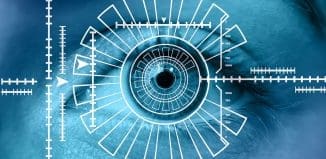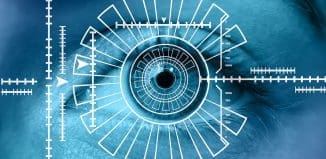Possible Solution for Long Airport Lines
This post is also available in:  עברית (Hebrew)
עברית (Hebrew)
Balancing line speed and security at the airport is essential to ensuring safe, reliable travel. The Department of Homeland Security (DHS) Science and Technology Directorate (S&T) is working with the Transportation Security Administration (TSA) to evaluate new identity verification technology that will reduce the time it takes for travelers to pass through security.
In June, TSA began conducting a series of proof-of-concept tests for new biometric fingerprint technology with assistance from S&T’s Biometrics Technology Engine and Apex Screening at Speed program.
According to newswise.com, the touch-free scanners, developed by Advanced Optical Systems, Inc., allow a traveler’s fingerprints to serve as their boarding pass and identity document. “A biometric process can actually be faster than scanning tickets and can identify travelers automatically with few errors,” S&T Homeland Security Advanced Research Projects Agency Program Manager, Arun Vemury, explained. “However, performance depends dramatically on the choice of technology and process.”
Proof-of-concept testing is taking place at Atlanta Hartsfield-Jackson Airport and Denver International Airport. These locations were chosen based on the expertise of local TSA teams, diverse passenger demographics, and the ability to integrate the technology without negatively impacting airport operations.
Vemury and his team are evaluating the biometric fingerprint technology’s usability, looking at whether the non-contact scanner is intuitive for the average traveler. The team then compares data with observations of traditional contact sensors and notes any discrepancies.
As with many types of technology, use errors are often the biggest source of failure, so getting the design right is critical. “Failure to acquire biometrics can be a major source of error for biometric systems, especially those serving hurried travelers who may not understand how to present their biometrics properly,” Vemury noted.
The new non-contact fingerprint scanners are one of the latest innovations to come from TSA’s Innovation Task Force, which is responsible for identifying new technologies to improve screening operations. S&T’s new Biometric Technology Engine is charged with establishing an enduring core biometric capability and ensuring the re-use of biometric tools, methods.




























